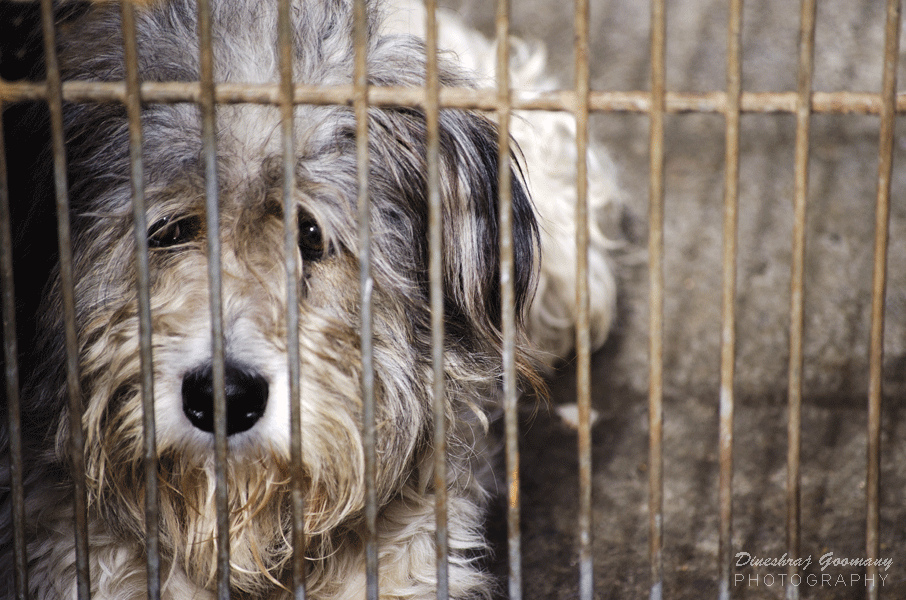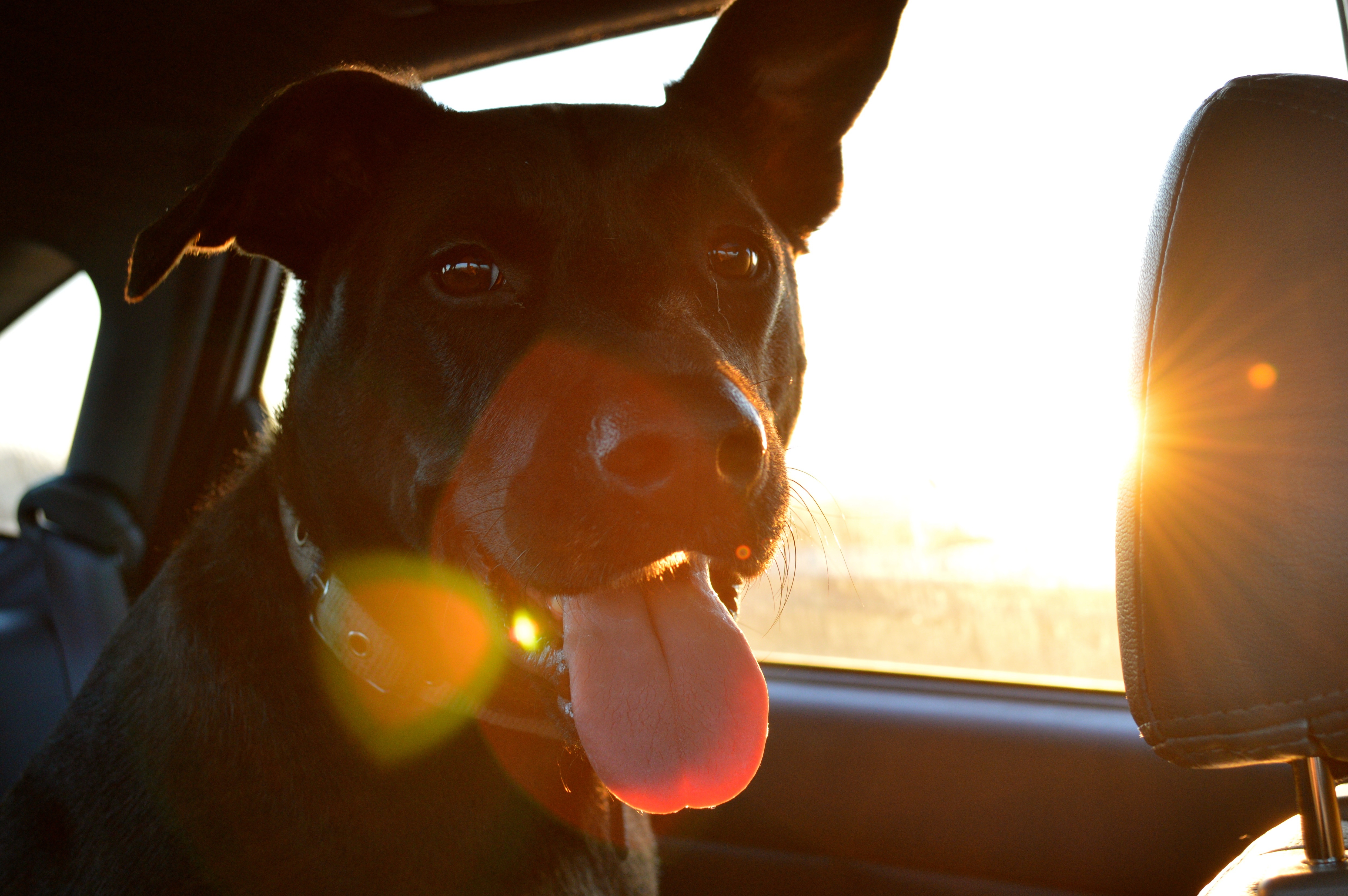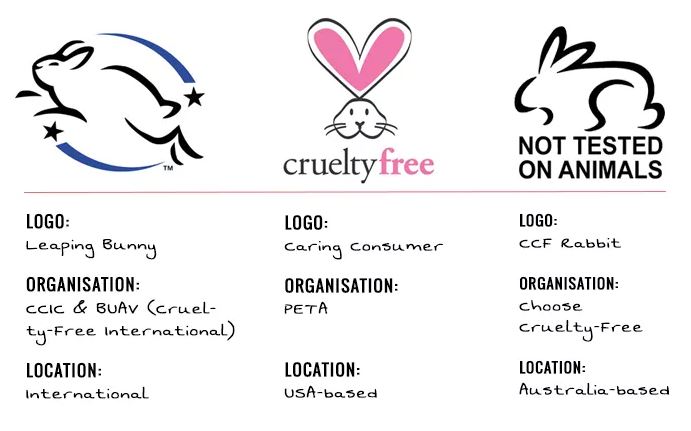With everything that’s happened around the world over the past few weeks it may seem like fighting against animal testing is the least of our worries. But if there’s one thing we’ve learnt from the events of the last few weeks, there is peace enough for all of us if we stand together - and this extends to animals.
Just as palm oil is destroying forests and habitats, millions of animals are killed every year in barbaric testing of cosmetics, medicine, and scientific research.
This practice started as early as the 1920's with the aim of evaluating the success of products and ingredients on animals before producing them for humans. In 1938, after a mass poisoning, an act was actually passed called theFederal Food, Drug, and Cosmetic Act which required that drugs must be safety tested on animals before they could be marketed. This practice has continued for decades.
Rats, mice, guinea pigs, rabbits, monkeys, dogs and cats are all subject to this barbaric treatment. With cats and dogs having their skulls drilled into and eventually killed to measure brain activity, rabbits locked in clamps and forced to endure chemicals dropped into their eyes and sensitive skin and monkeys with chemicals pumped straight through a tube from their nose to their stomach. This utterly disturbing, heart breaking and barbaric process is often futile, as humans react differently to animals to 90% of products and chemicals tested in these cruel ways.

The Good news- innovative alternatives
The good news is, businesses within these industries are fighting back, specifically in the world of cosmetics, notorious for its animal testing. A new beauty trend is flourishing, and its called cruelty free.
With advancements in science come more diverse and accurate ways of testing without being barbaric and cruel to animals. A few of these modern methods include sophisticated tests using human cells and tissues (In-vitro), Computer modelling techniques (in silico), research with human volunteers and human patient simulators. These methods are revolutionising the testing of new products and chemicals, with in-vitro techniques replicating the key traits of normal human skin, replacing the use of guinea pigs or mice to determine allergic response. Computer modelling can simulate human biology and the progression of developing diseases. Studies show that these models can accurately depict the reaction of the human body to new drugs and replace the use of animals!
Using human volunteers, scientists can safely study the human brain down to the level of a single neuron, replacing the disturbing treatments of cats and dogs to measure brain activity. Human patients simulators are being increasingly used in medical schools, where students would previously have to perform surgical experiments on live animals. These simulators breathe, bleed, convulse, talk, and even "die", and some have realistic layers of skin and tissue, ribs, and internal organs.
These innovations are paving the way to a cruelty free future, and you can help make a difference too!

4 tips for going cruelty free
1. Knowledge is power- do your research
Knowledge is key when it comes to shopping cruelty-free (I'm a poet!) It's important to know what to look out for and which brands practice cruelty-free testing. The first step to becoming more aware is to find out which brands DO test on animals. A quick google search along the lines of "Does X test on animals" will do, or you could check out this list of companies that are NOT cruelty-free.
Many cruelty-free brands and products will make a point to advertise that they're against animal testing, but just in case, here are some symbols to look out for when shopping.
Cruelty-free lists are also a handy resource to avoid putting your money towards the unfair treatment of animals. Check out these lists for a detailed collection of cruelty-free brands!
Cruelty free and vegan brand list
2. Don't forget the essentials
Deodorant, toothpaste, household cleaners? These are all part of our daily routine and things that we really need to be conscious of when we're shopping cruelty-free. Many deodorants, dental floss and mouthwash's are tested on animals, particularly supermarket and drugstore brands. So it may mean putting a little extra effort into your shopping to make these things in your life cruelty-free. The Choose Cruelty-Free website has a handy search bar that will let you search by item for brands that make deodorants,toothpastes etc. that are cruelty-free! If you can't find them on any cruelty-free lists, why not shoot the company an email with questions about how they test their products and ingredients? Most companies will have contact info on their website!
3. Take it slow
When becoming aware of the horrors of animal testing it's difficult not to want to completely overhaul your life straight away and throw all you existing cosmetics and hygiene products straight into the garbage. It's likely that many of us unintentionally have and regularly use products that are tested on animals, but if you've just bought a whole new bottle of your favourite body lotion, or if you still have half a bottle of foundation, there's no point throwing it away. This just creates more waste and stress when transitioning into your cruelty-free lifestyle.
The best thing to do would be to use that product until it's finished, and in the meantime research and sample some new cruelty-free brands until that body lotion is all used up! Take this change slow, you could decide that you want to start with makeup, then skin care and then household cleaning items. Make it gradual and have fun while doing it! Which brings me to me last tip…
4. Have fun exploring!
The best part about going cruelty-free is the fun of exploring new brands and products and putting your money in places that will support businesses with good ethics. Cruelty-free cosmetics and skin care are often handmade and can sometimes be small, locally run businesses, so you're supporting a community of hardworking and caring people when you buy from them! You'll find that someone else probably makes that shade of red lipstick you love that's not tested on animals and is better for the earth, animals and for you! So have fun and explore the world of cruelty-free beauty! We love Mixitt, which is made in Sydney, vegan friendly, not tested on animals and sustainably packaged, but you may even find a brand you love at your local community market or health store!
What are your favourite cruelty-free brands? Let us know in the comments below!
READ NEXT:How can you tell when a company is greenwashing?
How can we avoid over consumption in our daily lives?
1 Million Women is more than our name, it's our goal! We're building a movement of strong, inspirational women acting on climate change by leading low-carbon lives. To make sure that our message has an impact, we need more women adding their voice. We need to be louder. Joining us online means your voice and actions can be counted. We need you.

